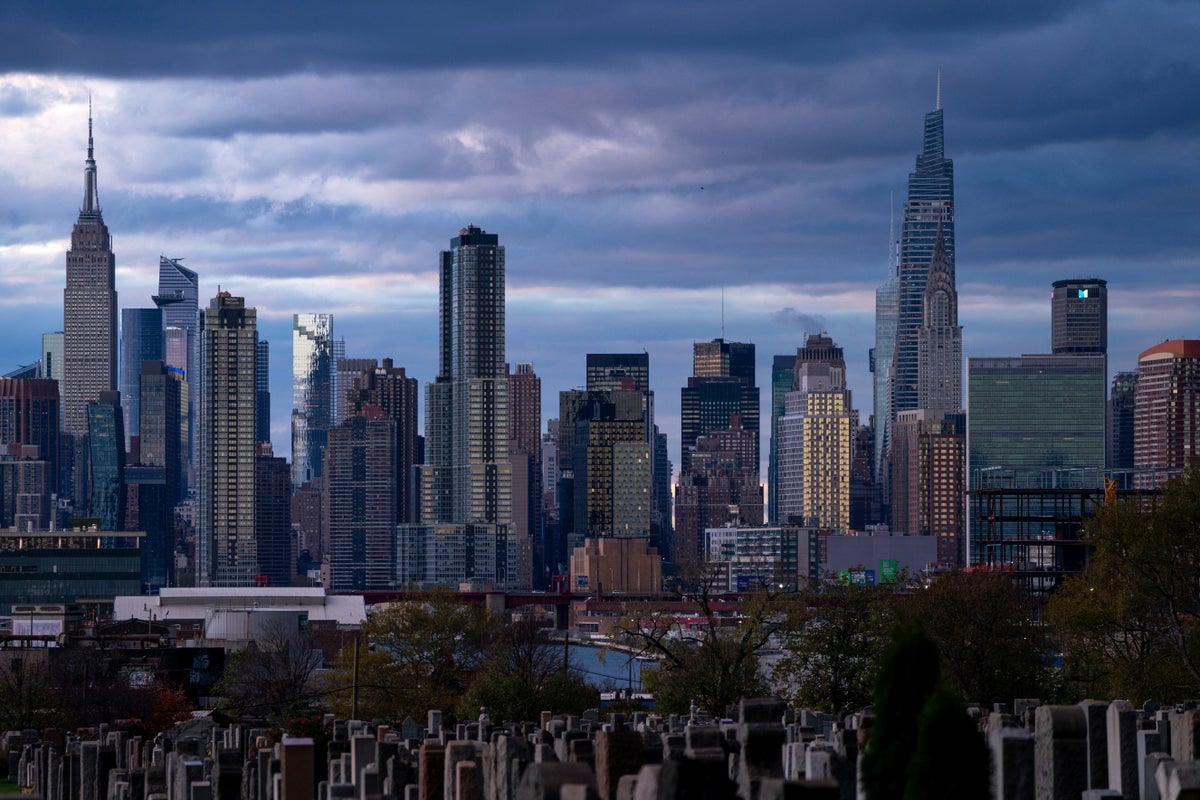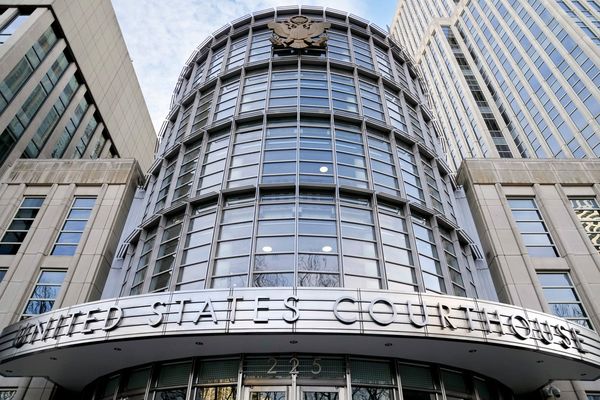
New York City has been cleared to implement congestion pricing in Manhattan as early as next spring in a move that could help reduce gridlock and pollution in one of the most traffic-heavy areas of the country.
The Central Business District Tolling Program will allow New York City to charge people to drive vehicles into Lower Manhattan below 60th Street. Proposals range from charging people between $9 to $23 to drive into that part of the city during peak hours.
It’s been a long journey for New York City to be cleared to implement congestion pricing. Former Mayor Michael Bloomberg floated the idea of congestion pricing more than 15 years ago, and former Gov Andrew Cuomo also came around to the idea after opposing it for many years.
Shortly before the pandemic, when Mr Cuomo was still governor, the state gave the Metropolitan Transportation Authority permission to design a congestion pricing programme. Last month, the Federal Highway Administration’s decision to release an environmental assessment for the scheme removed a final hurdle for the city to implement a programme.
New York is set to become the first American city to implement congestion pricing, but other leading world cities — including London, Singapore, and Stockholm — have had it for years.
The benefits in those cities have been striking. Those cities have seen declines in traffic and increases in average speed for drivers, while a study in Stockholm found that children’s acute asthma visits to doctors in the city fell by half after the Swedish city introduced its congestion pricing programme in 2007.
In London, the decrease in vehicular traffic has resulted in more road space for pedestrians and public transportation — a key measure of success for some at a time when climate change threatens to upend the lives of millions across the globe in the coming decades.
Proponents of congestion pricing in New York City believe the programme could serve to benefit the city’s extensive but strained subway system by raising revenue needed to pay for improvements and upgrades to the system. The vast majority of trips into Lower Manhattan and the city as a whole are taken via public transportation, which remains a far cheaper option for many New Yorkers than personal vehicle ownership or paying for taxis or ride shares.
Not everyone is on board with the plan. Taxi and ride share drivers and their companies fear a congestion pricing scheme could cost them business, while people who commute into New York City by car from outlying suburbs have also voiced opposition.







